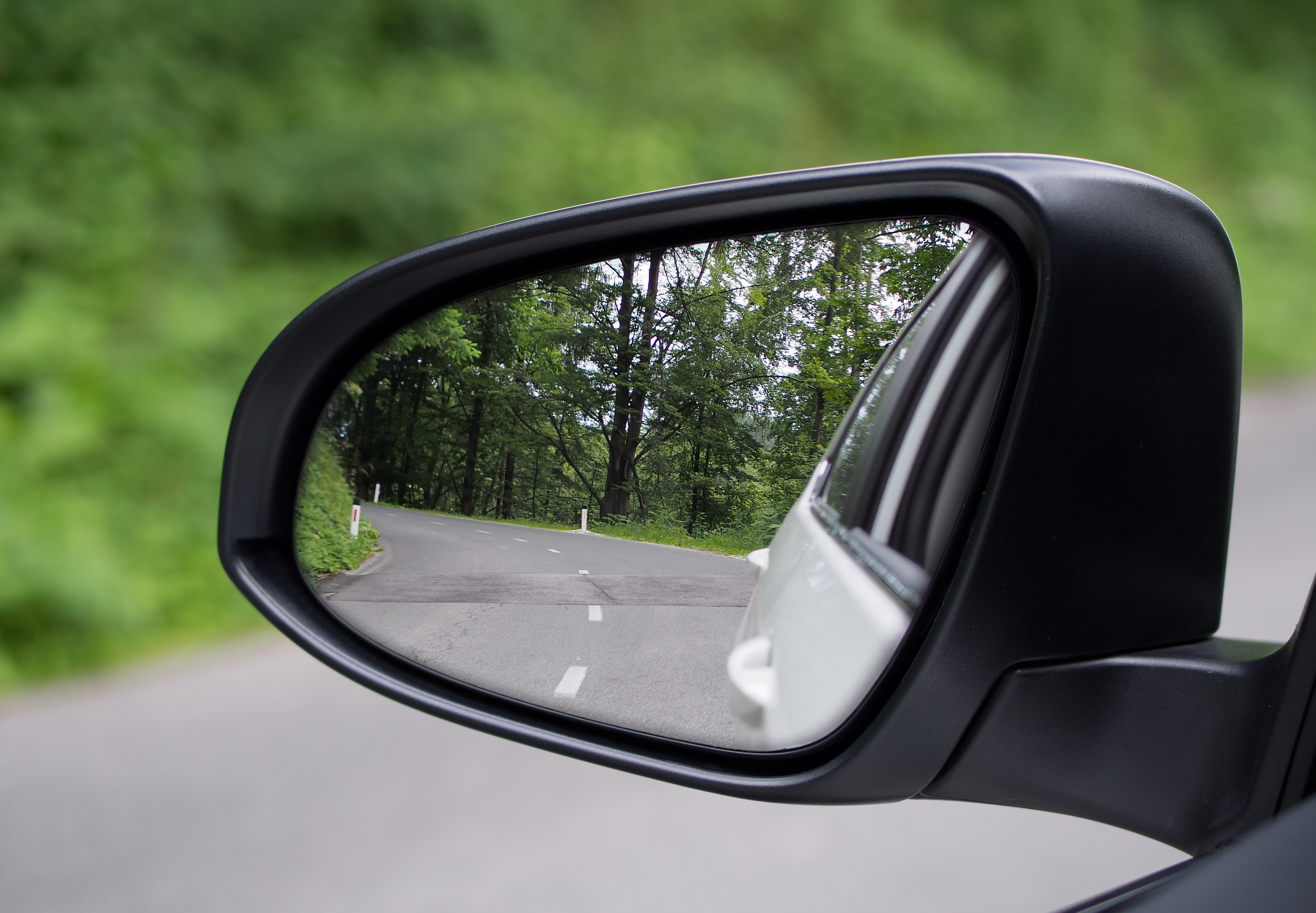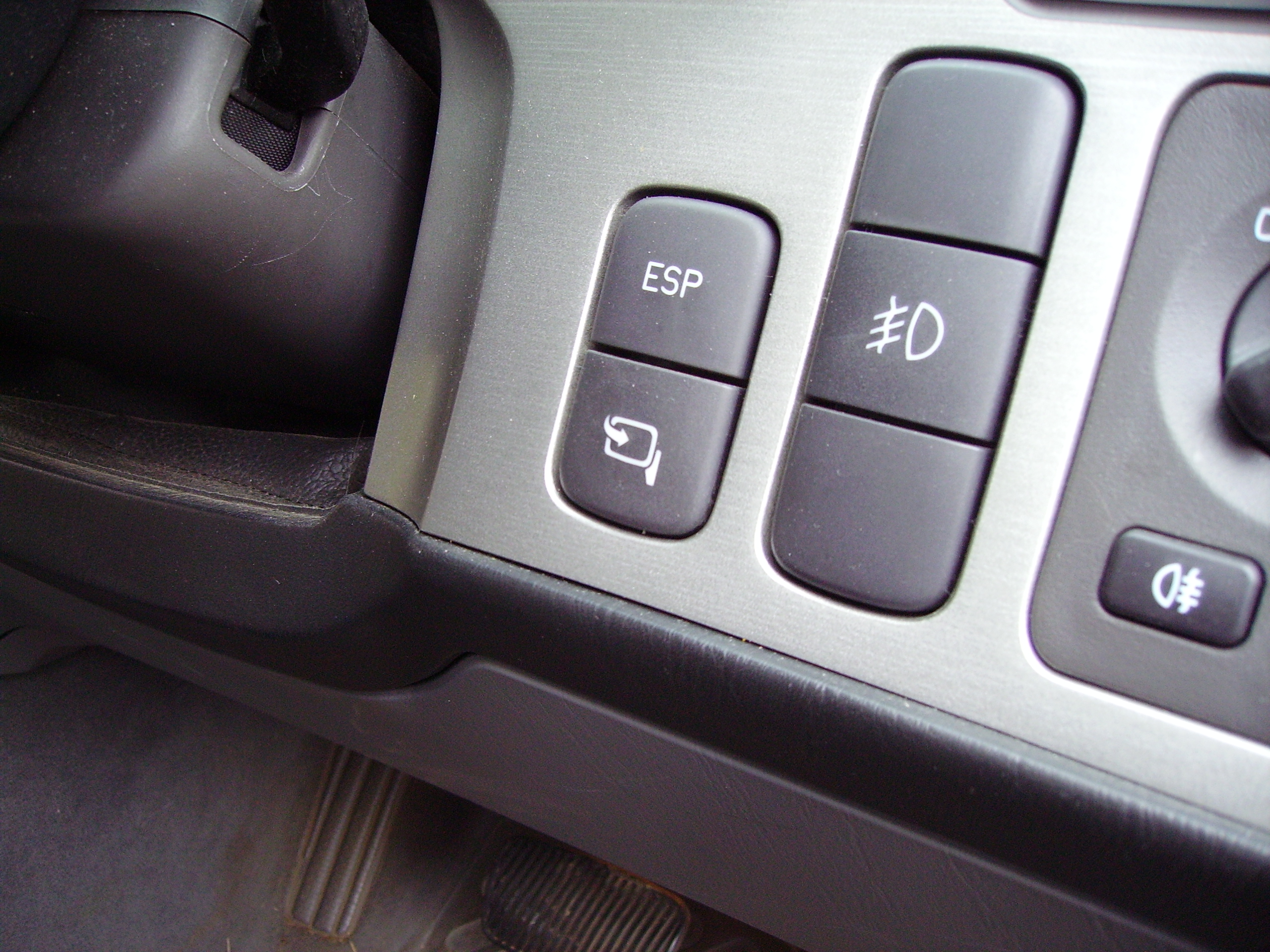Side Mirror on:
[Wikipedia]
[Google]
[Amazon]


 A side-view mirror (or side mirror), also known as a wing mirror, is a mirror placed on the exterior of
A side-view mirror (or side mirror), also known as a wing mirror, is a mirror placed on the exterior of 


Mercedes-benz actros 5 cabin digital mirror double steering wheel.jpg, Mercedes-Benz Actros 5 cabin with digital mirrors
Truck digital mirror left and right.jpg, left and right display
Truck digital mirror left camera.jpg, left camera of the digital mirror
2018 Honda Ridgeline RTL-T-LaneWatch Display.jpg, Honda's LaneWatch provides an 80° field of view with four-times more visibility than traditional side-view mirrors.

 A side-view mirror (or side mirror), also known as a wing mirror, is a mirror placed on the exterior of
A side-view mirror (or side mirror), also known as a wing mirror, is a mirror placed on the exterior of motor vehicle
A motor vehicle, also known as motorized vehicle or automotive vehicle, is a self-propelled land vehicle, commonly wheeled, that does not operate on Track (rail transport), rails (such as trains or trams) and is used for the transportation of pe ...
s for the purposes of helping the driver see areas behind and to the sides of the vehicle, outside the driver's peripheral vision (in the " blind spot").
Almost all modern car
A car or automobile is a motor vehicle with wheels. Most definitions of ''cars'' say that they run primarily on roads, seat one to eight people, have four wheels, and mainly transport people instead of goods.
The year 1886 is regarded as ...
s mount their side mirrors on the doors—normally at the A-pillar—rather than the wings (the portion of the body above the wheel well).
The side mirror is equipped for manual or remote vertical and horizontal adjustment so as to provide adequate coverage to drivers of differing height and seated position. Remote adjustment may be mechanical by means of bowden cables, or may be electric by means of geared motors. The mirror glass may also be electrically heated and may include electrochromic dimming to reduce glare to the driver from the headlamps of following vehicles. Increasingly, the side mirror incorporates the vehicle's turn signal repeaters. There is evidence to suggest that mirror-mounted repeaters may be more effective than repeaters mounted in the previously predominant fender side location.

Optional side mirror
In the 1940s, many roads were unpaved and had two lanes, one in each direction. Drivers had to be aware only of traffic on their side and directly behind them (rear view). Due to this, most passenger vehicles with an internal rear-view mirror until the late 1960s had the passenger-side mirror only as an optional addition, as it was considered a luxury.Planar, convex, aspheric
In the U.S. and Canada, the U.S. National Highway Traffic Safety Administration's Federal Motor Vehicle Safety Standard 111 and the Canada Motor Vehicle Safety Standard 111 require the driver-side mirror to provide "unit magnification", i.e., an undistorted 1:1 reflection achieved with a flat mirror. However, unit magnification limits the field of view that can be provided by a mirror of size compatible with the vehicle body. The ECE regulations in use throughout most of the world except North America permit the driver-side mirror to have a planar, convex, or aspheric surface; an aspheric section is often combined with a larger convex section, and the two sections are separated by a visible line to alert the driver to the two sections' different perspective shifts. Because of the distance from the driver's eye to the ''passenger'' side mirror, a useful field of view can be achieved only with a convex or aspheric mirror. However, the convexity also minifies the objects shown. Since such objects seem farther away than they actually are, a driver might make a maneuver such as a lane change assuming an adjacent vehicle is a safe distance behind, when in fact it is quite a bit closer. In the United States, Canada, India, Korea andAustralia
Australia, officially the Commonwealth of Australia, is a Sovereign state, sovereign country comprising the mainland of the Australia (continent), Australian continent, the island of Tasmania, and numerous List of islands of Australia, sma ...
, non-planar mirrors are etched or printed with the warning legend . In Canada, this warning is often supplemented by a transparent decal on the passenger side window repeating the warning in French: . In Korea, the warning appears in Korean. Warnings of this nature are not required in Europe.Other requirements
More commonly in cars manufactured since the 2000s, side mirrors may be manually or electrically folded in, to protect them when the car is parked or being washed in an automated car wash. Passing cars can easily clip protruding side mirrors; the folding capability helps protect them from harm. ECE Regulation 46 requires that side mirrors be mounted such that they swing away when struck by a test cylinder meant to represent a pedestrian. Until March 1983, the Japanese Ministry of Transport did not allow cars to be registered without mirrors on front fenders, so the mirrors were mounted far forward atop the front fenders. More recent Japanese-specification vehicles have side mirrors similar to those in other countries. Taxi drivers and other professional drivers retain a preference for the wing-mounted mirrors as they feel that they work better in extremely tight traffic. U.S. Federal Motor Vehicle Safety Standard 111 requires that convex side-view mirrors must have a curvature radius of between 889 mm and 1651 mm. Canada Motor Vehicle Safety Standard 111 stipulates a range of between 890 mm and 1800 mm. Neither the U.S. nor the Canadian standard allows for aspheric mirrors. The European ECE Regulation 46 used throughout most of the world permits planar, convex, and/or aspheric mirrors on either side of the vehicle. American research suggests non-planar driver side mirrors may help reduce crashes.Digital
In 2018, side mirrors in a form of camera and display were introduced for a better peripheral recognition upon driving. It has advantages over conventional ones as it provides wider angle of sight and less air resistance without obstructing driver's frontal view. These side mirrors are applied to various types of vehicles such as Hyundai Ioniq 5, Audi e-tron. Mercedes-Benz introduced such a system 2018 in the Actros under the name "MirrorCam".See also
*Automatic parking
Automatic parking is an autonomous car-maneuvering system that moves a vehicle from a traffic lane into a parking spot to perform parallel, perpendicular, or angle parking. The automatic parking system aims to enhance the comfort and safety of d ...
* Backup collision
Back-up collisions happen when a driver reverses the car into an object, person, or other car. Although most cars come equipped with rear view mirrors which are adequate for detecting vehicles behind a car, they are inadequate on many vehicles for ...
* Backup camera
* Blind spot monitor
The blind spot monitor or blind-spot monitoring is a vehicle-based sensor device that detects other vehicles located to the driver’s side and rear. Warnings can be visual, audible, vibrating, or tactile.
Blind spot monitors may do more than ...
* Blind spot (vehicle)
* Intelligent Parking Assist System
Intelligent Parking Assist System (IPAS), also known as Advanced Parking Guidance System (APGS) for Toyota models in the United States, is the first production automatic parking system developed by Toyota Motor Corporation in 1999 initially for t ...
* Experimental Safety Vehicle (ESV)
* Intelligent car
* Lane departure warning system
* Objects in mirror are closer than they appear - Discusses use of the safety warning as a catch phrase in other contexts.
* Precrash system
* Rear-view mirror
* Power side-view mirror
A power side-view mirror (power side mirror, power wing mirror, or simply power mirror) is a side-view mirror equipped with electrical means for vertical and horizontal adjustment from the inside of the automobile.
The glass of a power mirror ma ...
References
{{CarDesign nav Automotive body parts Mirrors de:Außenspiegel